The Evolution of Dentures: Why Overdentures Represent the Next Logical Step
For centuries, dentures have been humanity’s pragmatic answer to tooth loss — handcrafted, functional, sometimes beautiful, and often stigmatized. Yet the social and clinical goals of tooth replacement have shifted: patients expect comfort, natural function, and aesthetics; clinicians demand predictable outcomes and long-term oral health. In this context, overdentures are not a radical detour but the next logical step in an evolutionary arc that blends biomechanics, biomaterials, and an increasingly person-centred approach to care. In the Australian dental landscape, where an ageing population, changing expectations, and geographic inequities in access to care intersect, overdentures offer a practical bridge between traditional prosthodontics and modern implant dentistry.
From plates to precision: how the goalposts moved
Conventional complete dentures solved a fundamental problem: replace missing teeth to restore speech, mastication, and facial form. But they have limits. Conventional dentures rely on tissue support and suction; they are vulnerable to resorption, instability, and the psychological burden of being removable. Over time, the clinical community progressively sought solutions that preserved residual ridge structure, improved function, and reduced maintenance. That quest led to incremental innovations: improved impression techniques, resilient liners, and finally the integration of implants to anchor removable prostheses — the foundation of the overdenture paradigm.
What an overdenture actually is — and why it matters
At its simplest, an overdenture is a removable prosthesis that gains stability and retention from attachments anchored to natural tooth roots, endodontically treated abutments, or dental implants. That combination — removable convenience with anchored confidence — marries two powerful concepts: preservation and predictability. By using remaining roots where feasible, clinicians can preserve alveolar bone through retained periodontal ligament stimulation. By using implants when roots are absent or non-viable, they can deliver stability levels previously only attainable with fixed prostheses, but at a lower cost and with easier maintenance.
This hybrid approach addresses practical realities. Not every patient is a candidate for full-arch fixed implant rehabilitation due to medical comorbidity, financial constraints, or anatomical limitations. Overdentures scale: a single midline implant can dramatically improve lower denture retention; a pair of implants transforms function and comfort. Clinicians can tailor the solution to the patient’s clinical situation and life circumstances.
Why overdentures are particularly relevant in Australia
The Australian dental landscape presents a confluence of factors that amplify the value proposition of overdentures. Australia has one of the world’s longest life expectancies, and with longevity comes an increased prevalence of partial and complete edentulism, along with chronic conditions that complicate treatment. Rural and remote communities often face limited specialist access, making simpler, robust solutions advantageous. Public and private funding models, patient preferences, and workforce distribution mean that cost-effective, durable, and minimally invasive therapies are especially attractive.
Overdentures can be delivered incrementally — for example, converting existing roots into abutments, then later adding implants — which aligns with staged treatment planning for patients with budgetary or health constraints. In community clinics and regional practices, the ability to offer implant-retained overdentures with predictable maintenance reduces the need for repeated emergency adjustments and enhances patient quality of life.
Clinical advantages rooted in evidence-based thinking
Beyond convenience and cost, overdentures confer measurable clinical benefits. Improved retention enhances masticatory efficiency, which in turn supports nutrition and systemic health. Implant-retained overdentures reduce mandibular bone resorption compared with conventional dentures, preserving facial support and reducing long-term prosthetic complications. The removable nature simplifies hygiene: patients and clinicians can access peri-implant tissues for cleaning and monitoring more readily than with fixed prostheses, which is crucial for maintaining oral health over decades.
Moreover, psychosocial benefits are significant. Stability improves speech and confidence; the reduced fear of prosthesis displacement lessens social anxiety. These quality-of-life improvements are not trivial — they often motivate patients to seek and adhere to treatment that otherwise might be deferred.
Challenges and the path forward
No treatment is without trade-offs. Overdentures require careful planning, precise fabrication, and long-term follow-up. Attachment systems can wear and need periodic replacement; implants demand maintenance and surveillance for peri-implant disease. The clinician’s role is to match patient expectations with realistic outcomes, and to design solutions that balance invasiveness, cost, and longevity.
Technological advances — digital impressions, 3D planning, and more resilient attachment mechanisms — are simplifying workflows and improving predictability. As materials and techniques evolve, overdentures will become even more comfortable, aesthetic, and accessible.
The evolution from conventional dentures to overdentures illustrates a broader trend in dentistry: moving from one-size-fits-all prostheses to personalized, biology-respecting solutions. Overdentures do not seek to make conventional dentures obsolete overnight; instead, they offer a pragmatic, evidence-informed upgrade that aligns with modern expectations. In the Australian dental landscape, where clinicians navigate demographic change, geographic disparity, and diverse patient priorities, overdentures represent a scalable, patient-focused response — a technology that preserves tissue, improves function, and restores dignity. In short, they are the logical next step in a century-long journey toward restorative solutions that respect both the mouth and the life that mouth serves.
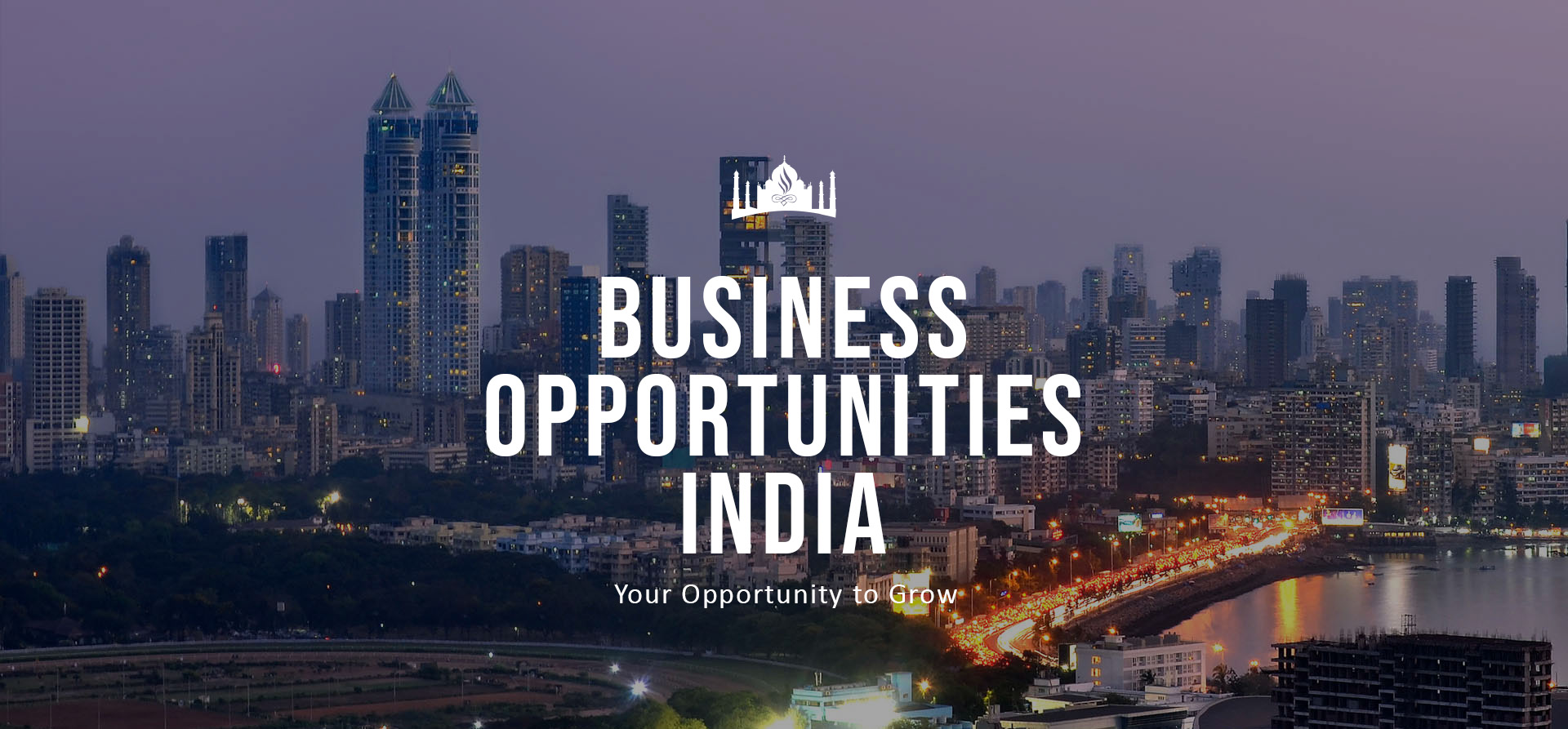




















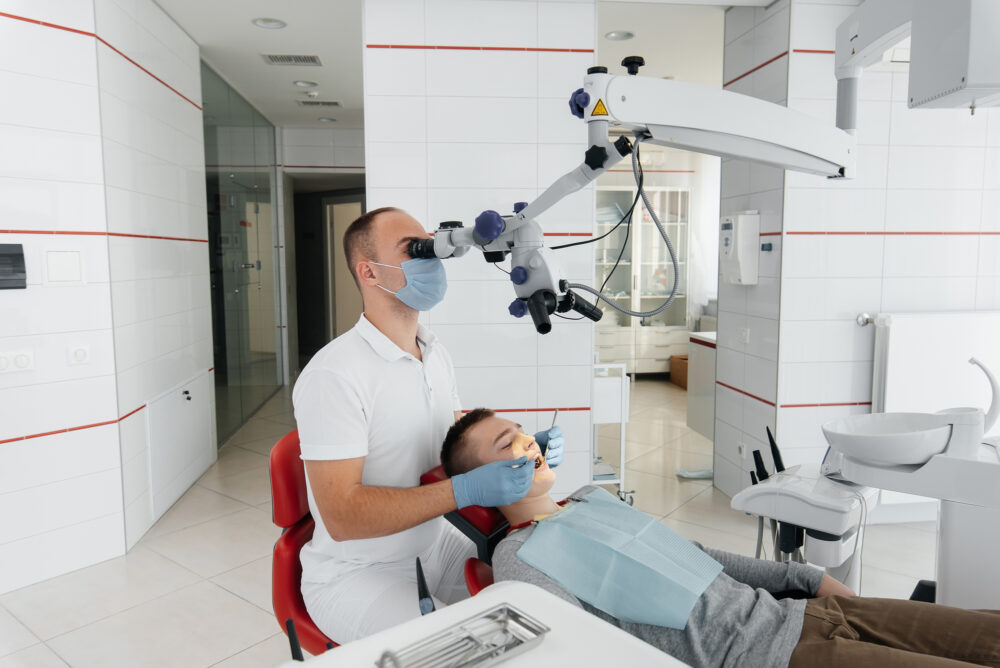
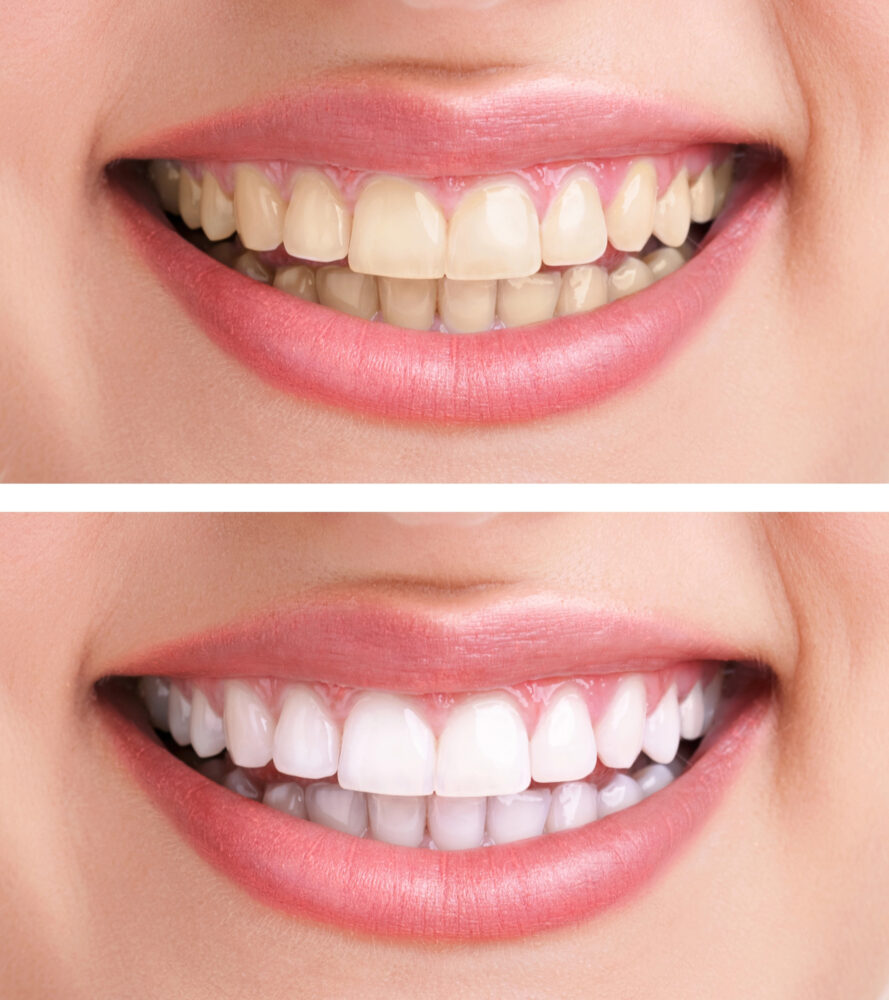
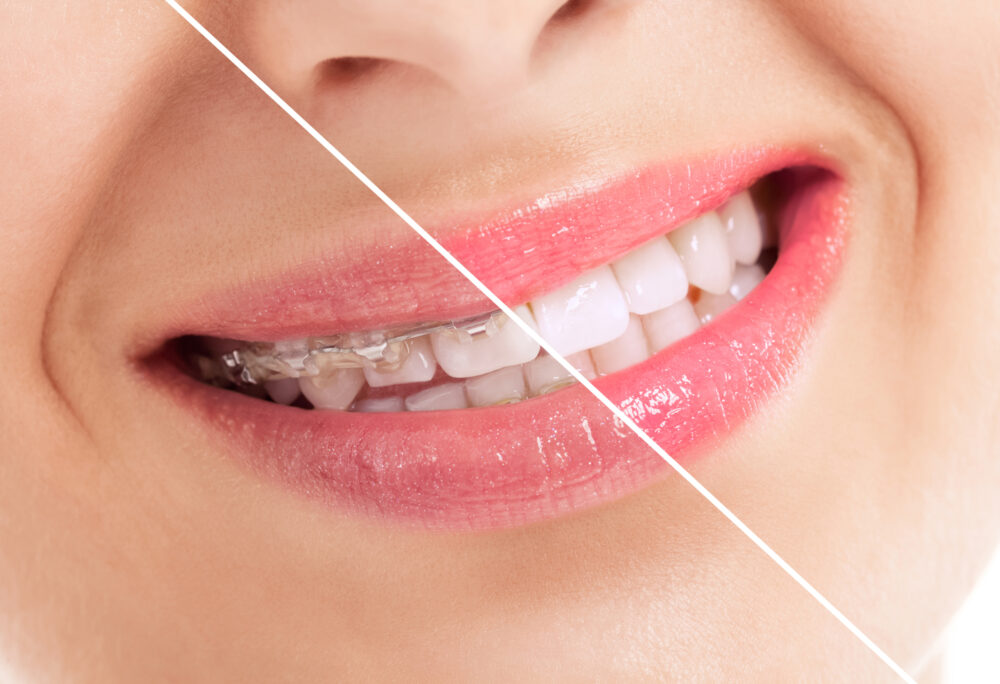


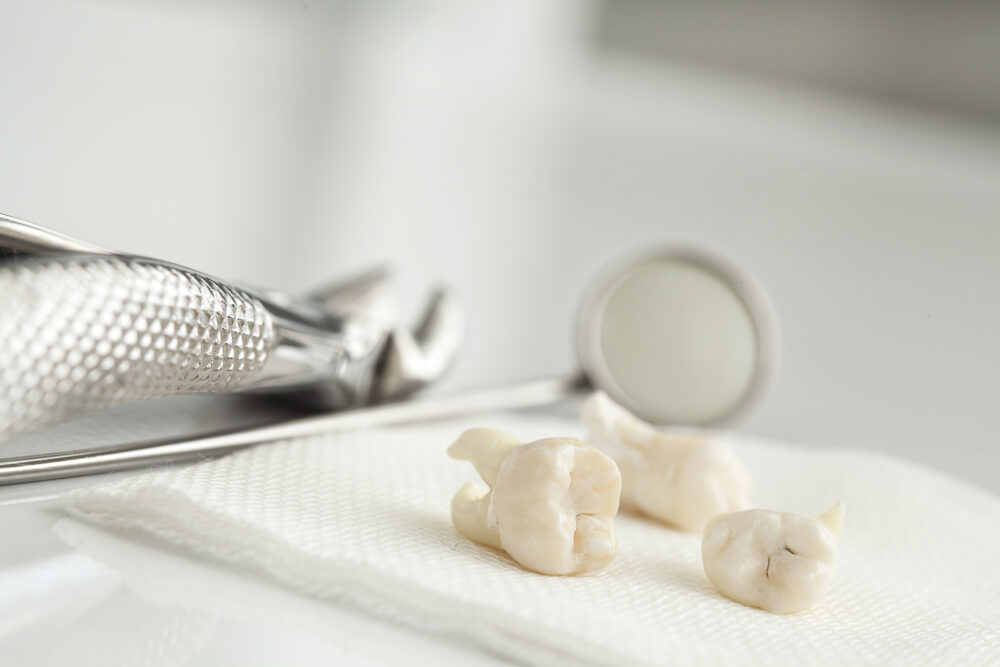






 Much of the Indian business law is based on the English common law. As a matter of fact, various legislations introduced by the Brits are still being enforced in a modified form until now. The country’s legal history can be traced
Much of the Indian business law is based on the English common law. As a matter of fact, various legislations introduced by the Brits are still being enforced in a modified form until now. The country’s legal history can be traced